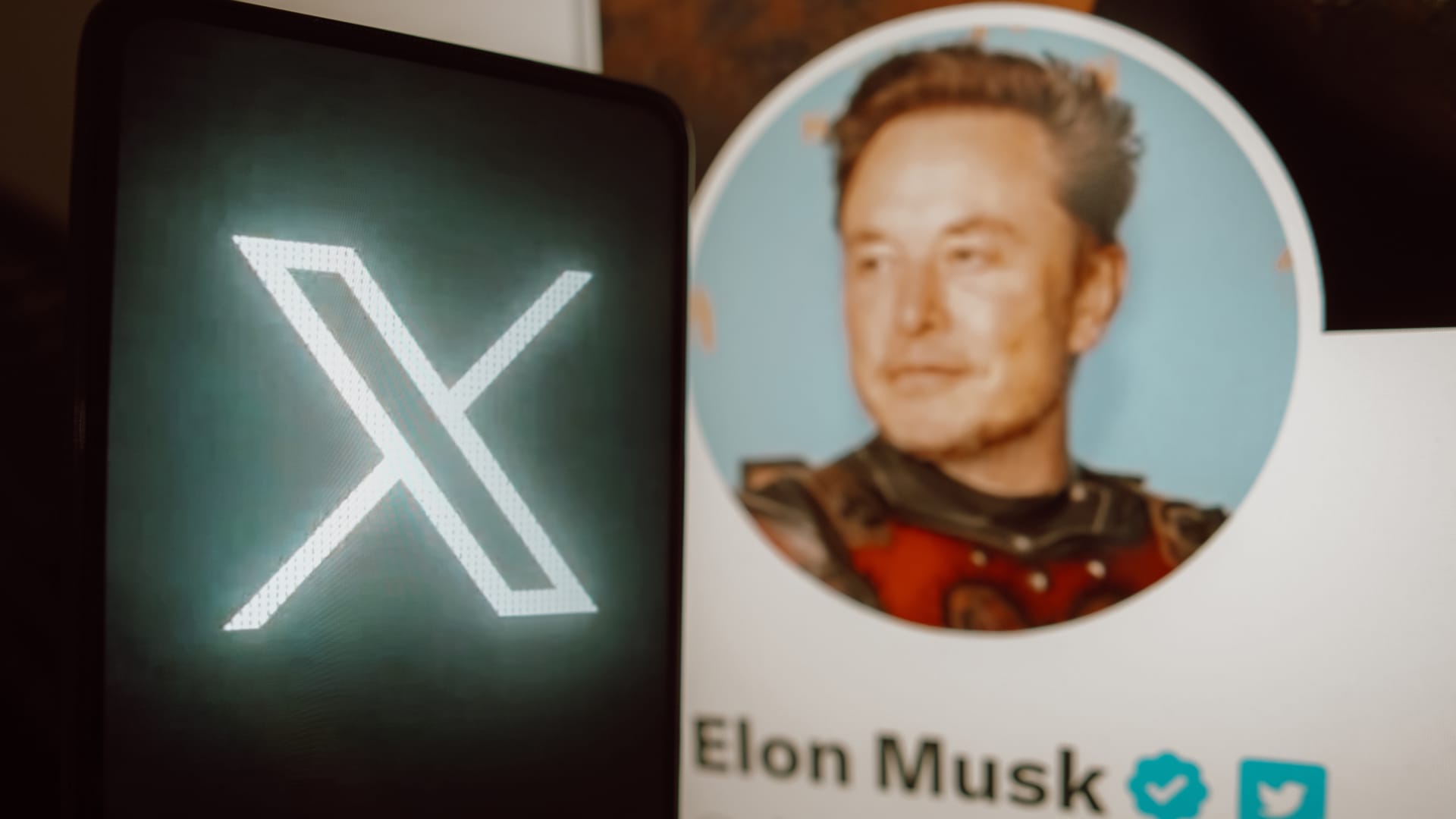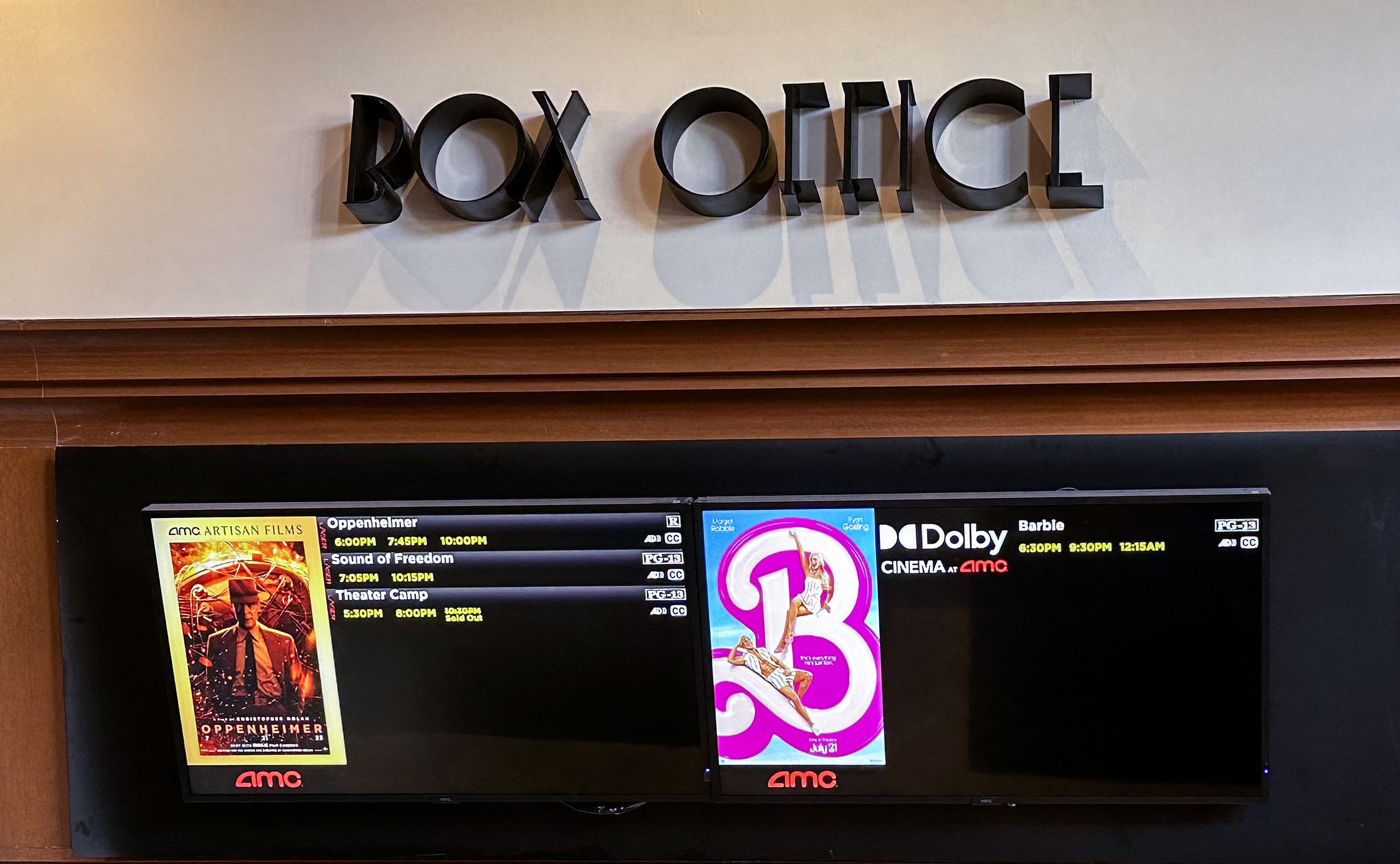Elon Musk has long been enamored with the letter X.
Now, he’s killing off the Twitter brand and the iconic blue bird in favor of X as part of an effort to turn his $44 billion acquisition into something that’s genuinely his.
related investing news
Musk’s vision for X is something akin to China’s WeChat, a super app that people can use for entertainment and buying goods and services online, in addition to posting updates and messaging their friends. But the rebrand comes after months of erratic behavior by the world’s richest person turned off users and pushed away advertisers, leaving Twitter in a troubled financial position and increasingly vulnerable to competition.
Killing an iconic internet brand is “extremely risky” at a time when rival apps like the new Instagram Threads and smaller upstarts like Bluesky are luring users, said Mike Proulx, an analyst at Forrester.
Musk has “singlehandedly wiped out over fifteen years of a brand name that has secured its place in our cultural lexicon,” Proulx said in an email.
A company spokesperson didn’t provide a comment for this story.
It’s not entirely a surprising move. Musk had already converted Twitter’s corporate name to X Corp, which itself is a subsidiary of X Holding Corp, as revealed in an April court filing. Musk said last October, just prior to buying Twitter, that he viewed the $44 billion deal as “an accelerant to creating X, the everything app.”
The letter X features prominently in the name of Musk’s rocket company, SpaceX. And over two decades ago, X.com was the name of Musk’s payments company that eventually became PayPal through a merger with a rival at the time.
Name changes have become fairly commonplace among storied web companies. Facebook became Meta in late 2021, and Google adopted the Alphabet moniker six years earlier. However, in those cases the newly named parent companies kept the branding of their core services, so Facebook users and Google searches could keep doing their thing without disruption.
Musk appears to be betting he can get rid of Twitter altogether. Over the weekend, he introduced the new X logo and said in a tweet that “soon we shall bid adieu to the twitter brand and, gradually, all the birds.”
Linda Yaccarino, who Musk hired as CEO in May, said in an email to employees on Monday that the company will “continue to delight our entire community with new experiences in audio, video, messaging, payments, banking – creating a global marketplace for ideas, goods, services, and opportunities.”
Succeeding in that mission is easier said than done.
Musk’s desire to turn X into a super app requires “time, money and people,” which Twitter “no longer has,” said Proulx. Earlier this month, Musk said that Twitter has suffered a 50% drop in advertising revenue and that it needs “to reach positive cash flow before we have the luxury of anything else.”
Some advertisers had grown concerned about promoting their products on Twitter because of reports showing a rise of hate speech and racist and offensive comments on the platform as documented by multiple civil rights groups and researchers.
Musk has tried to offset some decline in advertising with a premium subscription service. But at $8 a month, the company would need tens of millions of subscribers to make up for the losses.
Those advertisers remaining on the platform now have to adopt a new lingo. People and businesses around the world know Twitter messages as tweets. Like Kleenex, Twitter was able to develop a recognizable brand that was instantly familiar with consumers, a feat that any corporate marketing team would celebrate.
Ralph Schackart, an analyst at William Blair, told CNBC last week that his team of analysts “didn’t pick anything up” from advertisers who they polled as part of a recent survey on the digital advertising market to indicate that these businesses had upped their spending on Twitter. Meanwhile, there are signs that the overall digital ad market could be improving, according to the William Blair survey.
Insider Intelligence analyst Jasmine Enberg said in an emailed statement that the name change marks “a gloomy day for many Twitter users and advertisers” and a “clear signal that the Twitter of the past 17 years is gone and not coming back.”
“Twitter’s rebrand is a reminder that Elon Musk, not Threads or any other app, is and has always been the most likely ‘Twitter killer,'” Enberg wrote.
WATCH: Elon Musk wouldn’t be who he is without ‘demon mode’ and his drive.


